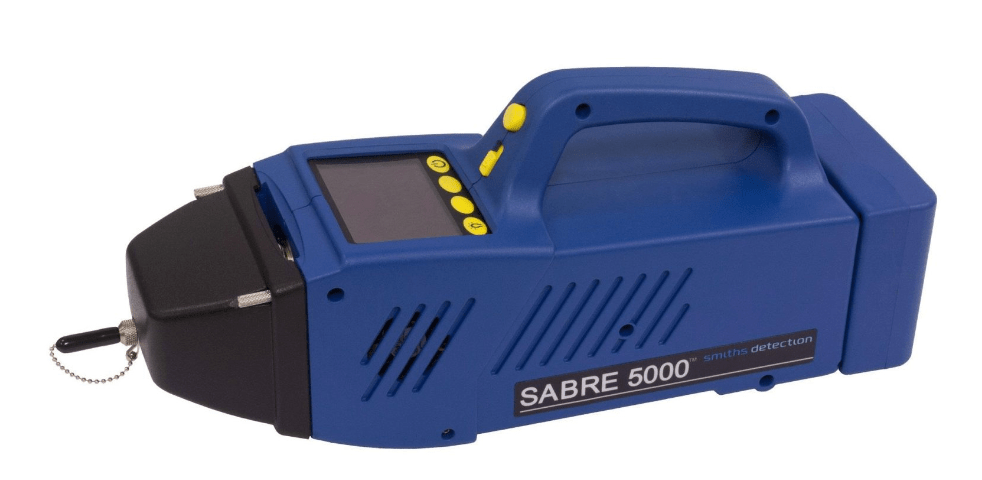Handheld Narcotics Trace Detector Guide: Key Features and Applications


Handheld trace detectors for narcotics play a crucial role in preventing drug trafficking and drug-related crimes. These devices use advanced technology to detect and identify trace amounts of drugs, making it easier for law enforcement officers to locate and apprehend drug offenders.
One of the most commonly used testing methods for handheld trace detectors is ion mobility spectrometry (IMS). This technology uses a sample collecting swab to gather trace amounts of drug residue from surfaces such as hands, luggage, and vehicles. The swab is inserted into the detector, which uses an electric current to ionize the sample particles. The ions are then separated and analyzed, allowing the device to detect the presence of drugs.
To ensure accurate results, proper usage guidelines must be followed when operating handheld trace detectors. Users should be trained to handle and maintain the device to prevent contamination or damage. It is also essential to calibrate the device regularly to ensure its accuracy.
Furthermore, handheld trace detectors can be used in various law enforcement settings, including border crossings, airports, and public events. Security personnel can use these devices to scan individuals and detect any traces of narcotics that may pose a threat to public safety.
In summary, handheld trace detectors for narcotics are a powerful tool for law enforcement and security personnel. Their non-invasive testing methods and ability to detect trace amounts of drugs make them an essential component in the fight against drug trafficking and drug-related crimes. Proper training and usage guidelines must be followed to ensure their accuracy and effectiveness.
What Are Handheld Trace Detectors for Narcotics?
Trace detectors for narcotics are handheld electronic devices that use spectroscopic methods of detection to identify a range of illegal drugs. These wands have sensors that can detect chemicals within seconds, enabling law enforcement and security personnel to detect illicit substances quickly. Drug detection devices are highly sensitive and accurate, making them a dependable tool for drug screening and identification.
How Do Trace Detectors for Narcotics Work?
Trace detectors for narcotics use a wide range of sensors to identify potentially dangerous drugs and pharmaceuticals. The wand works by picking up “signatures” emitted from the drug it has been designed to detect. The handheld device then passes this information through built-in software which can detect different substances with high accuracy.
What Drugs Can Be Found With Trace Detectors?
Trace detectors can identify a wide variety of drugs including narcotics, hallucinogens, and amphetamines. These wands can also detect street drugs like cocaine, MDMA (ecstasy), and LSD. Some drug detection wands are designed to detect only certain types of drugs, while others are more versatile. Additionally, some drug detection devices may be able to detect multiple pharmaceuticals within one scan.
Tips for Properly Using Drug Detection Devices
Trace Detectors should be used properly for accurate results. To avoid false readings, always follow the manufacturer’s instructions for proper use and ensure that the tip is wiped clean prior to each scan. Additionally, it is important to stay alert and aware of any potential obstructions that may interfere with the wand’s reading accuracy, such as dust or dirt particles. Finally, keep in mind that drug detection devices are not as accurate as laboratory tests and should only be used as general guidance.








